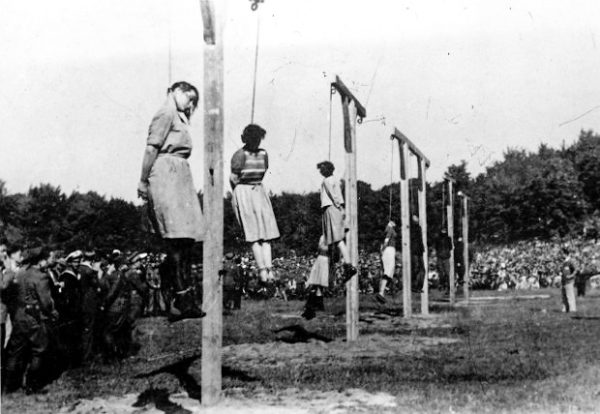I’d like to welcome Dr. Marianne (née Seidler) Golding as our guest blogger this week. Rather than me rattling on and on, I will ask Dr. Golding to introduce herself.
“I am a French and International Studies professor at Southern Oregon University. I am the daughter of Édouard Seidler. I started to research my father’s past in the summer of 2019, using letters, photographs, and various documents such as refugee cards and police reports. Édouard, his mother, and sister, fled their native Brno (Czechoslovakia) in 1939, at which point they became refugees in France and for the latter part of the war, my father and his sister, Lisette, lived in Switzerland. After the war, Édouard returned to France where he lived until his death in 2010.
“As I started to research my father’s journey, I was very fortunate to discover Bernard S. Wilson’s novel on the internment camps in the south of France, as well as the events of the Retirada. I knew nothing of this exodus from Spain to France, even though my maternal grandfather (Arthur Madden) had fought with the International Brigades and died in the last battle of the Spanish Civil War. Thanks to Bernard, I found out a wealth of information that both spiked my interest in that historical period and helped me find out more about my family. Bernard also introduced me to Dr. Ron Friend, one of the many children saved from the internment camp of Rivesaltes by Irish heroine, Mary Elmes.” (Click here to read the blog, Miss Mary: The Irish Oskar Schindler.) Read More An (extra)Ordinary Holocaust Story of Survival

